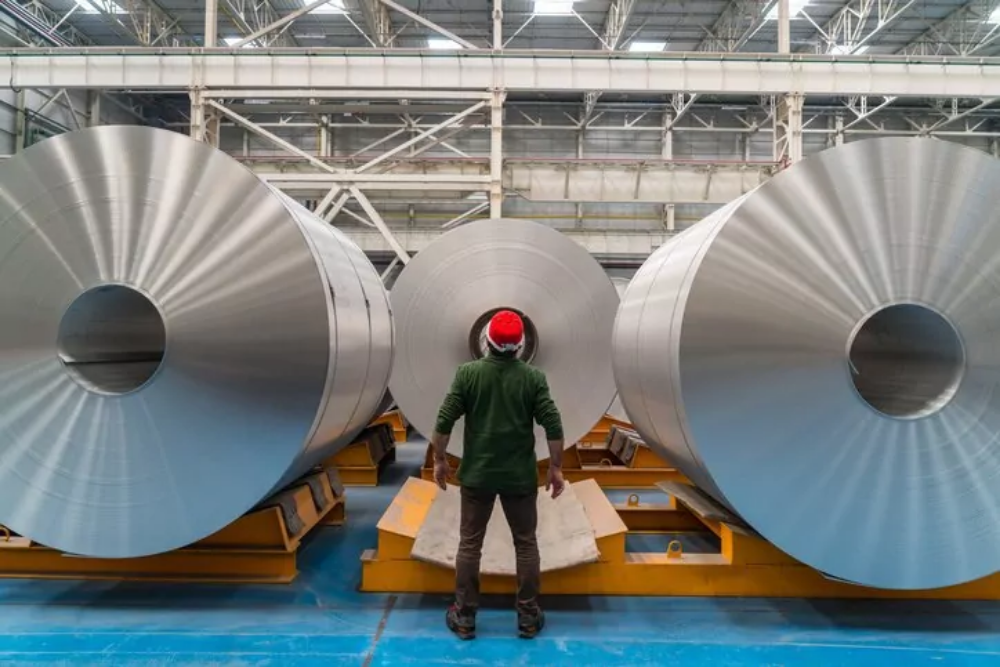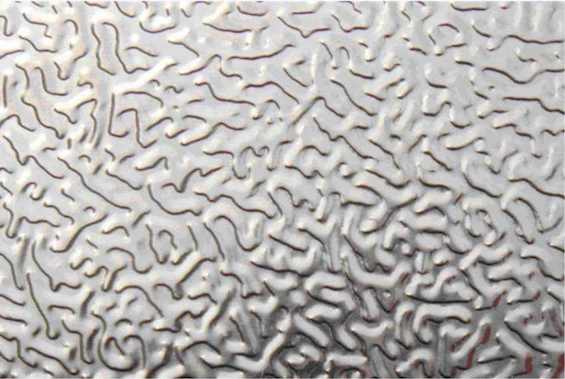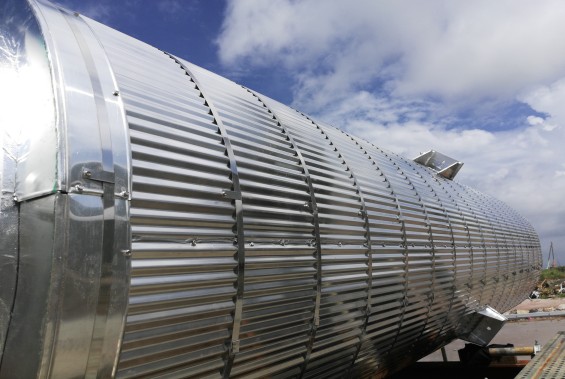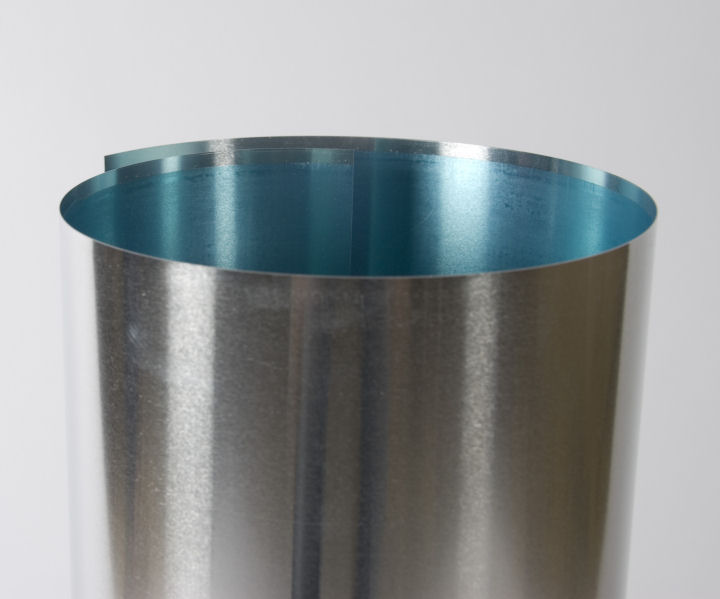
Different Types of Aluminum Jacketing
Aluminum Jacketing plays a vital part and is an ineliminable protective layer for mechanical insulation systems, including pipes, vessels, and equipment in all exposed areas prone to mechanical damage.
It protects the insulation and underlying pipe/vessel from physical damage, UV exposure, corrosive atmospheres, and water. Aluminum jacketing, commonly known as cladding, is available in smooth, stucco embossed, and corrugated. It is manufactured from alloys 1100, 3003, 3105, or 5005, complies with ASTM C1729 standards, which is the Aluminum Jacketing Material Standard, which includes the strength and chemical composition requirements for compliance to ASTM B209 – Aluminum Alloy Standard.
Smooth (Plain Mill) Finish

This is a trendy finish and is the “default” for numerous end-users/specifiers who prefer this finish's clean look. A smooth surface is easily cleaned and provides what many consider to be a more attractive appearance. This finish also sheds rainwater the best. However, this smooth surface readily shows damage from hail or other physical abuse. It also offers dirt more than the different finishes due to its smoothness. Lastly, it is highly reflective of sunlight, and when located near roadways, some specifiers see this reflection as a possible safety hazard.
Stucco Embossed Finish

This is another popular finish used for aluminum jacketing. The stucco-like surface texture hides small imperfections and scratches caused by physical damage during or after installation. This finish also reduces reflectivity while still looking very professional. Lastly, the use of a stucco embossed finish provides a small increase in the rigidity and strength of the aluminum jacketing.
Why emboss?
-
Embossed to increase its strength, ductility, and lifetime.
-
Better durability and effectively reduce rowing, rubbing, touching damage, and waste.
-
It will not cause intense light reflecting and can have a good visual effect.
-
Protect the aluminum sheet from oxidization,damp proof and anti-corrosion.
Corrugated Finish

Another significant option when choosing aluminum is corrugation. The corrugated jacketing sheets are engineered to provide strength and stiffness superior to standard aluminum jacketing. Aluminum corrugated jacketing are a premier protective outer surface for mechanical insulation systems on flat surfaces, equipment, towers, vessels, and vertical cylindrical tanks with an outer diameter larger than 8 ft. InsulRef aluminum corrugated jacketing protect the insulation and underlying surface from physical damage, UV exposure, corrosive atmospheres, and water.
Application
Type V4.8 (3/16”) corrugation is used for the pipeline's bigger diameter.
Type V32 (1-1/4”) and type V65 (2-1/2”) corrugation are used for the more significant equipment, vessel, device, tank farms, fractionation units, cokers, chemical storage tanks, breechings, large ducts, wastewater and sewage storage tanks, and large vertical ammonia storage tanks.
Type 820 corrugation is used for the boiler, horizontal cylindrical tanks, buildings, etc.
Installation
The corrugations are designed to nest or match so that the overlap of a sheet placed vertically above another sheet will fit tight, lie flat, and keep the two resonant corrugated sheets parallel. The overlapping shall be fixed with rivet and sealed; meanwhile, fastened with band and clip if for industrial pipe and tank or some like that.
Joints Sealing
The joints between neighboring pieces of the corrugated sheets are not typically sealed. The specifier wants a more watertight seal; the vertically oriented overlap joint between corrugated parts horizontally adjacent to one another can be filled with an appropriate joint sealant. This should be applied between the overlapping pieces of metal in the collective and not as a caulking bead on the joint's exterior lip.
Polysurlyn/Polykraft Moisture Barrier

PFMB on all aluminum jacketing to help prevent pitting, crevice, and galvanic corrosion of the interior surface of the metal jacketing and the insulated pipe, tank, or equipment. There are two different types of PFMB available.
- Polykraft moisture barrier ( PKMB): consists of one to three mil thick kraft paper, laminated low-density polyethylene film bonded to the interior and exterior surface
- Polysurlyn moisture barrier (PSMB): is an engineered three-layer coextruded film of polyethylene and Surlyn* polymers with a total film thickness of 3 mils (76 μm) that is heat laminated in the factory to the interior surface of aluminum jacketing.
Application
Aluminum jacketing is the premier protective outer surface for mechanical insulation systems, including pipes, vessels, and equipment. It protects the insulation and underlying pipe/vessel from physical damage, UV exposure, corrosive atmospheres, and water.
Surface Finish
InsulRef has two surface finishes available smooth or stucco embossed to laminate the moisture barrier.
Cladding uses:
Aluminum Jacketing is recommended for use in all of the following insulation system applications:
-
Standard outdoor use on all pipe, vertical tank insulation systems, and all horizontal tanks.
-
Duct and Pipework Cladding for the un-conditioned area and exposed on the roof.
-
All insulated pipes and ducts running exposed on the roof, outside building, inside parking floors, plant rooms, etc., for all external ductwork.
-
Indoor insulation system applications where increased damage resistance is desired.
The usefulness of the cladding sheets is evident. Starting from ducting, piping to any protective arrangement, these sheets have been thoroughly trustworthy. It is important to note that only the qualitatively best cladding sheets can keep you on an accomplished side.
InsulRef is one of the reputable cladding sheet suppliers in Malaysia and assures its clients about its quality.